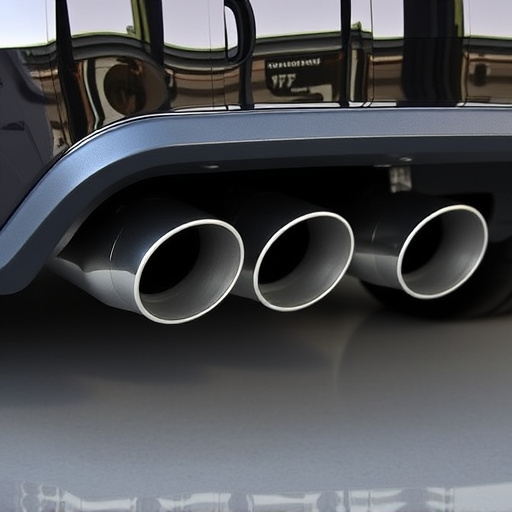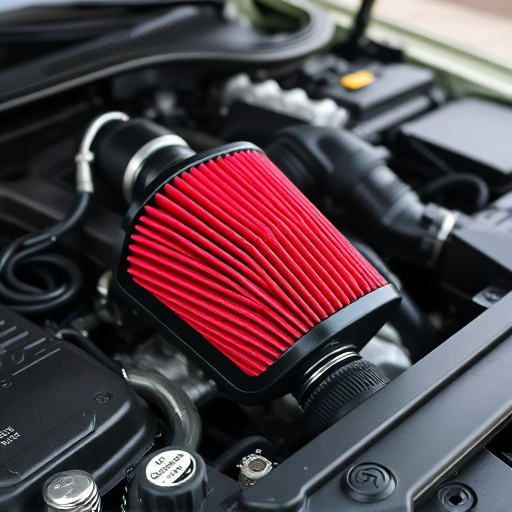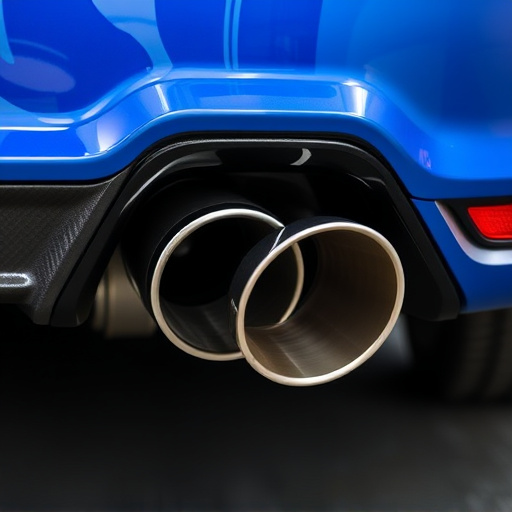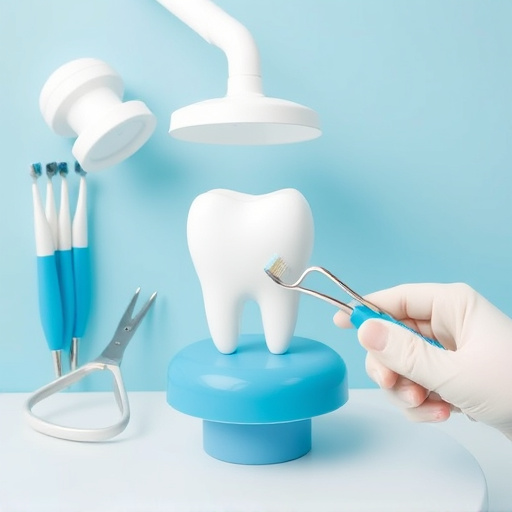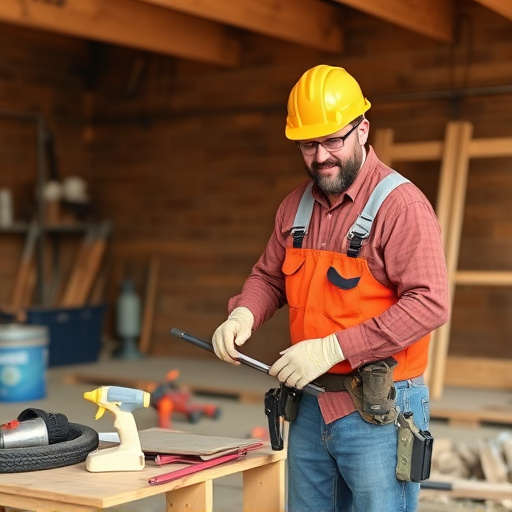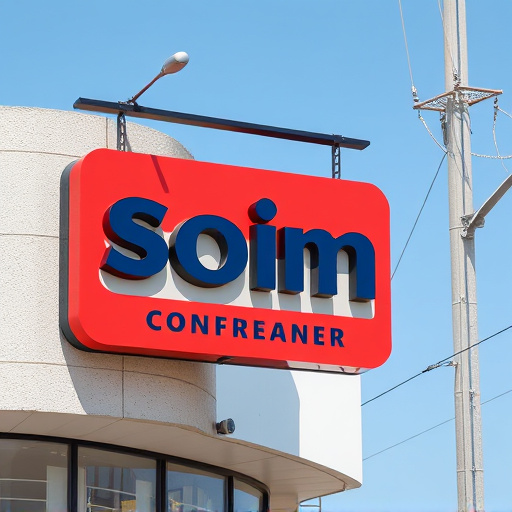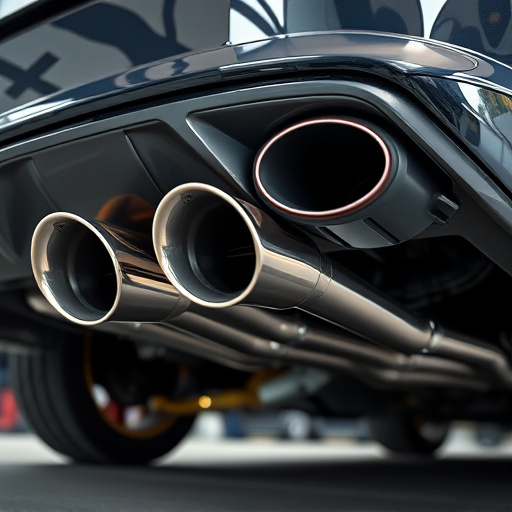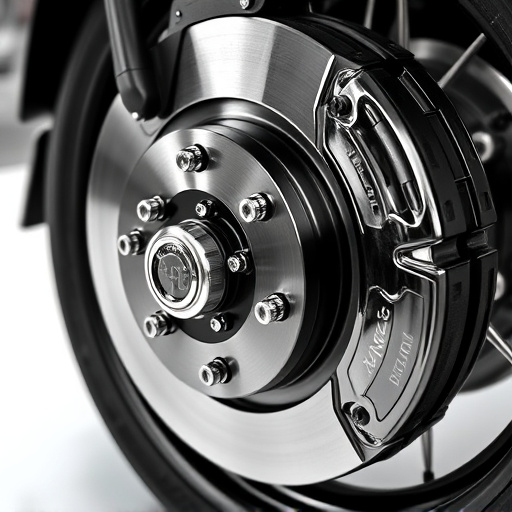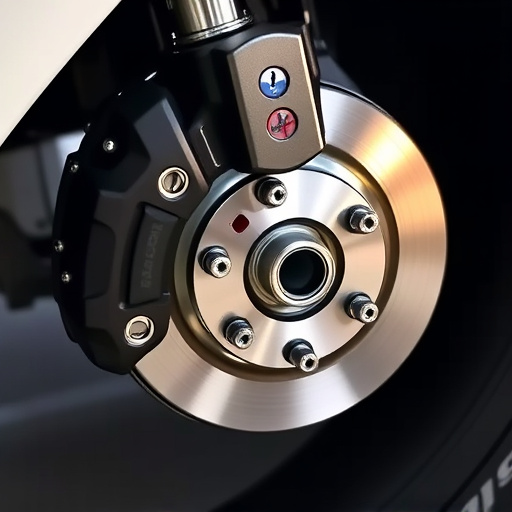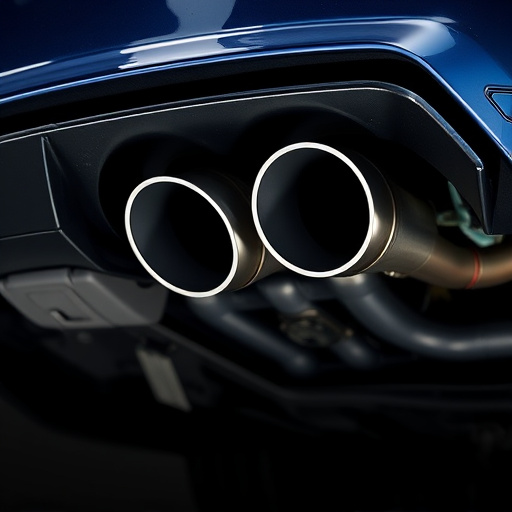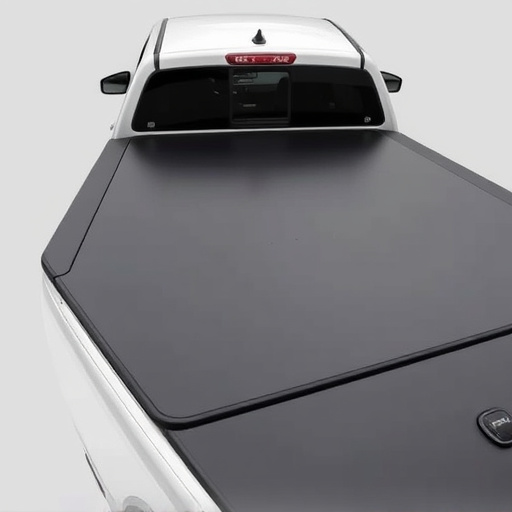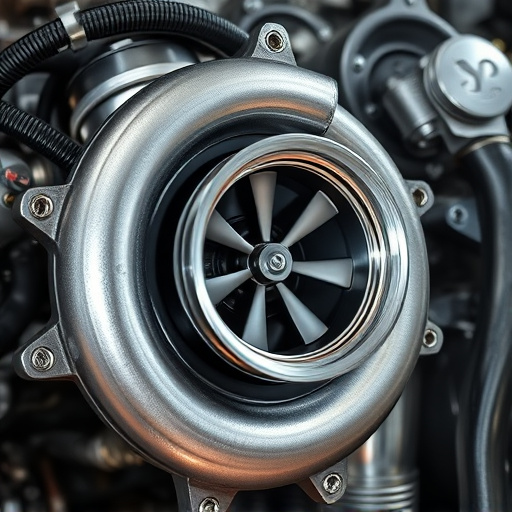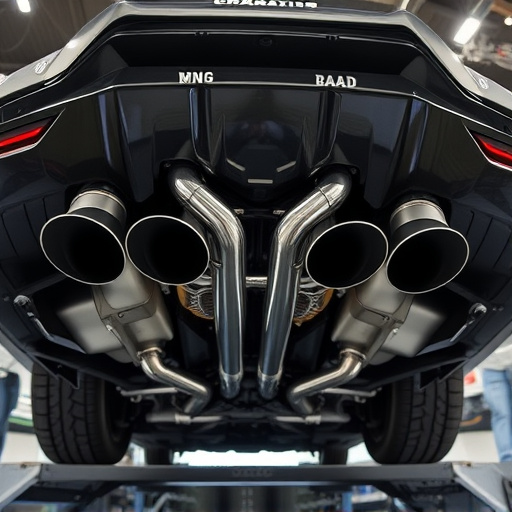Intercooler piping layout is critical for automotive cooling performance. Strategic placement optimizes airflow, enhances heat transfer efficiency, and minimizes engine overheating. Modifications like suspension kits require careful routing to avoid interference. Holistic design, including coilover and air filter kits, improves engine performance and longevity under demanding conditions, ensuring optimal intercooler functionality.
Intercooler piping placement is a critical factor in vehicle performance and efficiency. The strategic arrangement of intercooler pipes can significantly impact cooling and heat transfer, affecting overall engine output. This article delves into the key considerations for intercooler piping layout, explores optimal placements for enhanced heat transfer, and examines how piping configuration influences cooling efficiency. By understanding these factors, automotive engineers and enthusiasts can optimize their vehicles’ thermal management systems.
- Intercooler Piping Layout: Key Considerations
- Optimal Placement for Enhanced Heat Transfer
- Impact of Piping Configuration on Cooling Efficiency
Intercooler Piping Layout: Key Considerations
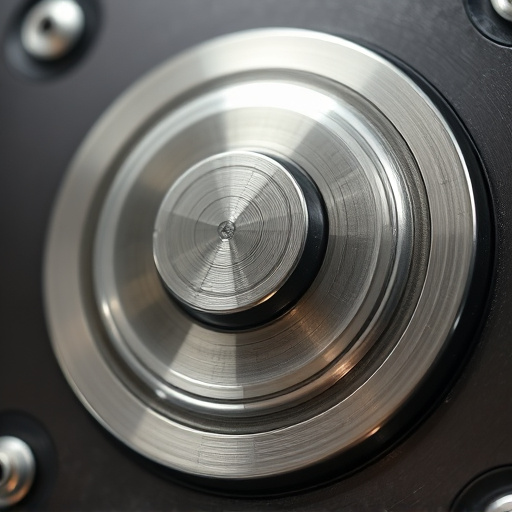
The layout of intercooler piping is a crucial aspect that influences both cooling performance and heat transfer efficiency in automotive systems. When designing or modifying an engine’s cooling system, several key considerations come into play to ensure optimal results. One primary factor is the physical arrangement of pipes, which impacts airflow dynamics and temperature regulation.
For instance, strategic placement can enhance cold air intake by directing cooler external air directly through the intercooler, facilitating more effective heat dissipation. Conversely, improper piping layout may result in turbulence or inefficient cooling due to restricted airflow. Additionally, the integration of suspension components or installation of suspension kits should be taken into account, as these modifications might affect the overall system design and require careful routing of intercooler pipes to avoid interference with other parts, ensuring smooth operation and peak performance.
Optimal Placement for Enhanced Heat Transfer
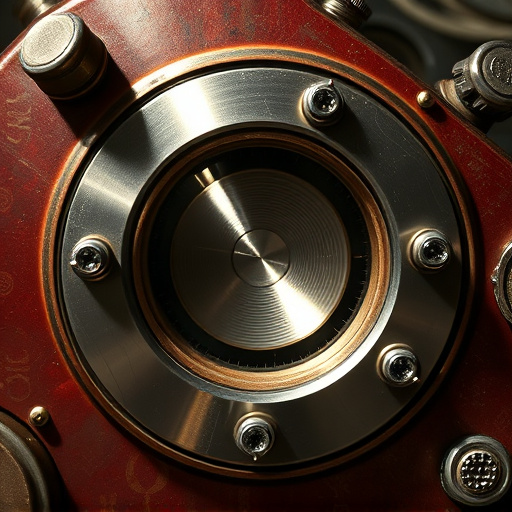
The placement of intercooler piping plays a pivotal role in enhancing heat transfer and overall vehicle cooling performance. Strategically positioning the pipes can create a more efficient circuit, allowing for quicker dissipation of excess heat from the engine. When designed with careful consideration, this optimized layout facilitates better airflow, reducing temperature levels across the system.
For maximum efficiency, intercooler piping should be strategically routed to minimize restrictions while maximizing contact with cool ambient air. Integrating components like coilover kits and well-designed air filter kits can further enhance cooling capabilities by ensuring proper air flow and minimizing heat entrapment. This holistic approach culminates in enhanced engine performance and longevity, particularly under demanding driving conditions.
Impact of Piping Configuration on Cooling Efficiency
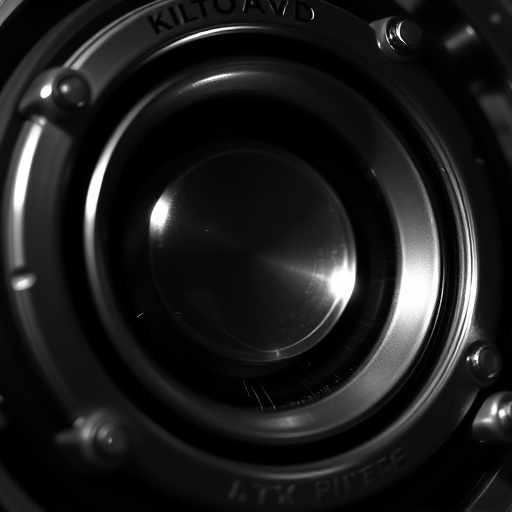
The configuration of intercooler piping plays a pivotal role in enhancing cooling efficiency within automotive systems. The strategic placement and design of these pipes directly influence the transfer of heat from the engine to the surrounding environment, which is crucial for maintaining optimal performance and preventing overheating. A well-optimized piping layout ensures efficient airflow, minimizing restrictions that could hinder coolant flow.
This aspect is particularly significant in high-performance vehicles where powerful engines generate substantial heat. Proper intercooler piping placement can facilitate faster cooling, reducing the overall operating temperature of the engine. This, in turn, enhances engine longevity and performance by preventing premature wear caused by excessive heat, complementing other components such as exhaust mufflers, brake components, and air filter kits that contribute to a vehicle’s overall efficiency and safety.
The strategic placement of intercooler piping is a critical factor in optimizing both heat transfer and overall cooling efficiency. By carefully considering the key aspects outlined in this article, such as the layout design, pipe positioning, and flow dynamics, engineers can achieve significant improvements in vehicle performance and engine longevity. Understanding the impact of different piping configurations enables automotive professionals to make informed decisions, ensuring efficient cooling systems tailored to specific vehicle requirements.
